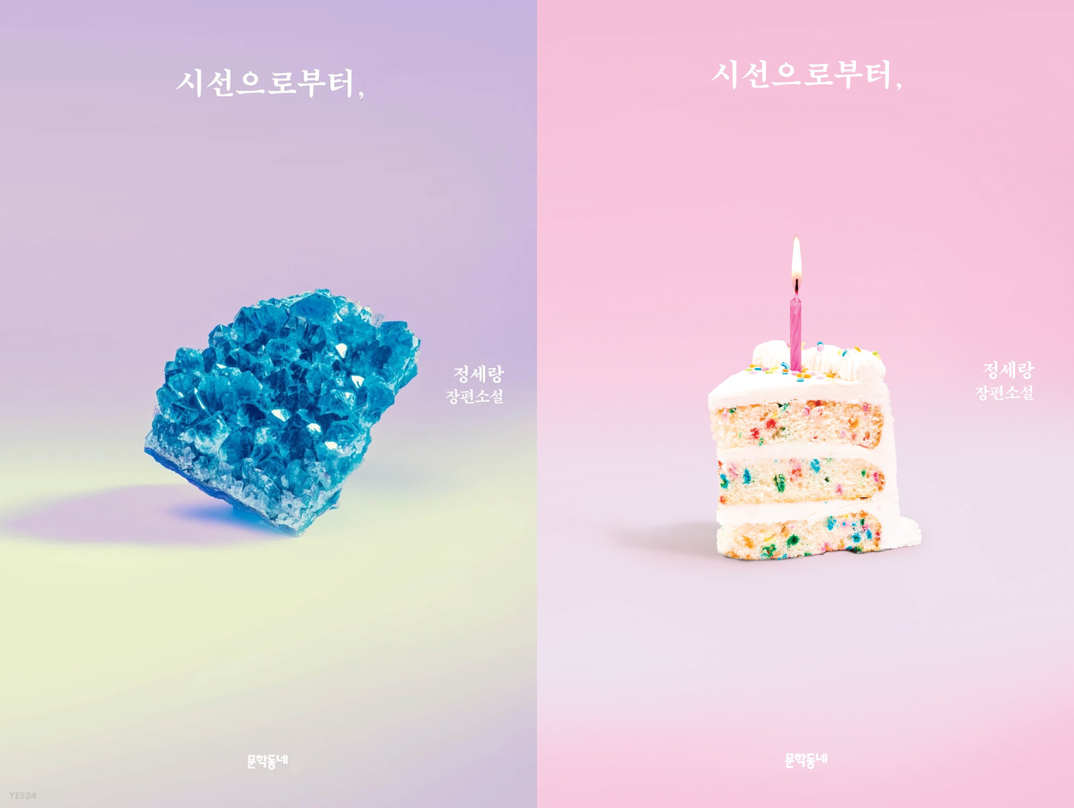
Have you ever dreamt of a summer holiday in Hawaii, one of the most picturesque getaways in the world? Although not all of us can visit Hawaii this June, perhaps there are other ways to savor its beauty. Chung Se-rang’s From Sisun Onward, is a realistic fiction novel depicting a family trip to Hawaii to perform a special jesa ceremony. This summer may be the perfect chance to enjoy a Hawaiian trip – albeit fictional – through a warm family gathering, alongside a slew of charming, witty characters.
Introducing From Sisun Onward,
About From Sisun Onward,
Published on June 5th, 2020, From Sisun Onward, was the first novel written by author Chung Se-rang in four years since winning the Hankook Ilbo Literary Award in 2017 with the novel Fifty People. Thus, when From Sisun Onward, was first released, it was extremely well-received; it ranked within the top 20 bestsellers for five consecutive weeks on YES24 and was named “The Best Korean Literature of 2020” by Aladin. Currently, the book is available for loan in Sungkyunkwan University’s Central and Samsung Libraries. At about 340 pages, it is a relatively light read.
Synopsis
The novel begins a decade after the death of Shim Si-sun, with Myeong-hye, Si-sun’s eldest daughter, suddenly announcing that they should perform Si-sun’s jesa ceremony. The family is shocked by the suggestion, as when Si-sun was alive, she had strongly criticized jesa rituals, deeming them useless and outdated. However, Myeong-hye, contrary to her siblings’ concerns, proposes a rather different jesa: a family trip to Hawaii, where Si-sun had emigrated to during the Korean War. Following Myeong-hye’s announcement, the rest of the family, including Si-sun’s children, grandchildren, and children-in-law start preparing for the family gathering.
In-depth Guide for From Sisun Onward,
The Life Story of Shim Si-sun
The title From Sisun Onward, holds several different meanings; the first alludes to the main character’s name, “Shim Si-sun.” All the characters that appear in the novel are related to Shim Si-sun in one way or another. The “Shim Si-sun Family Tree,” drawn on the first page of the book, helps the reader keep track of each character’s relationship with her. Furthermore, every chapter begins with an excerpt from various essays, lectures, and interviews by Si-sun, reflecting how she was an avid writer during her lifetime. An example is the introduction to Chapter 13, which starts with a passage from Somehow the Last Person Left, a book published by Si-sun in 2002. The narrative then shifts back to the present: ten years after Si-sun’s death. The excerpts are a device that make Shim Si-sun, who is deceased as of the present timeline, a tangible, realistic figure.
Shim Si-sun in Different Angles

The word sisun also means “gaze” in Korean. Although the most prominent figure in the novel may seem like Si-sun, the actual events are led by the rest of her family: those in the present-day timeline. Each character remembers Sisun from their perspective. In chapter three, Nan-jeong, Si-sun’s daughter-in-law, remembers Si-sun to be different from a “typical mother-in-law.” She was always curious about what Nan-jeong’s current interests were, which book she was reading, what the book was about, and even Nanjeong’s thoughts about the book. The reader sees how each character remembers Shim Si-sun through a different sisun. Moreover, during the jesa in Hawaii, each family member must present a precious experience or memory during their stay that Si-sun would have appreciated had she been alive. Thus, each character embarks on their own journey to enjoy their time in Hawaii to the fullest while also reminiscing about their relationship with Si-sun.
Consolation beyond Generations
A large focus of the novel is society’s gaze, or sisun. The novel illustrates this partially through the past relationship between Shim Si-sun and Mathias Mauer. Si-sun had previously fled to Hawaii after her family was massacred during the Korean War. There, she meets Mauer, a famous German painter, who tells her she has a talent for visual art. Si-sun follows Mauer to Germany but soon becomes a target of gaslighting and discrimination as an Asian woman. When Si-sun tries to escape Mauer’s grasp, he commits suicide and blames Si-sun for his death in a suicide note. Si-sun consequently suffers under the public’s gaze and gives up on her passion for art. However, when she writes regarding these experiences later, she inspires those around her – even after death. For instance, Si-sun’s granddaughter, Hwa-soo, suffers from post-traumatic stress disorder (PTSD) after the male CEO of a partnering company threw a bottle of acid at a group of female employees, including Hwa-soo. Later, the man commits suicide, and soon, Hwa-soo becomes the subject of secondary victimization. However, during her time in Hawaii, she gains courage by reading Si-sun’s books, and even goes on to understand Si-sun. The two mutually console each other; Si-sun encourages Hwa-soo to face her trauma, and Hwa-soo understands that Si-sun was unable to properly defend herself, especially in the sudden and appalling chain of events after losing her family in the Korean War. In the author’s notes, Chung Se-rang describes From Sisun Onward, as “love from the 21st century dedicated to those who have survived the 20th century.”
“The comma at the end of the title signifies continuation. In times of hardships, it may feel as if everything is coming to an end. However, despair is the easiest emotion to stop at. Let us not cease at despair, but rather focus on our continuing present and the limitless possibilities.” This is an excerpt from an interview by Chung Se-rang. Through its captivating narrative, From Sisun Onward, delivers consolation and love to readers of both the 20th and 21st centuries.
